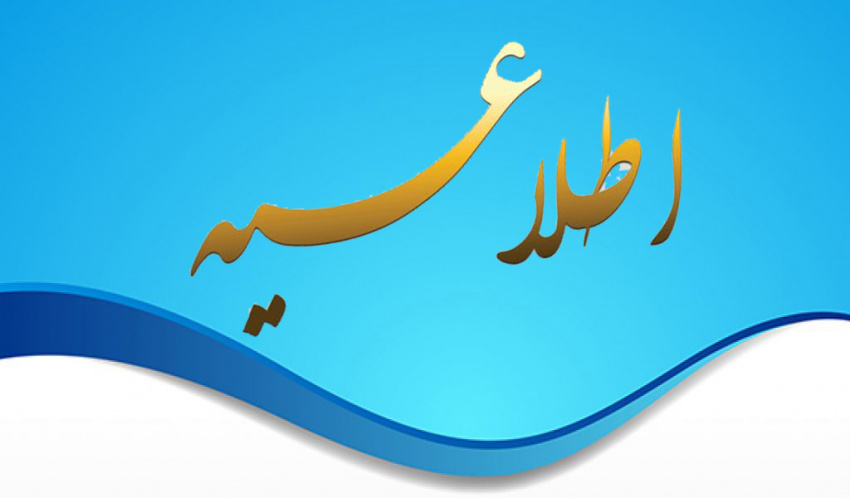گروه اقتصاد پژوهشکده اقتصاد برگزار میکند
گروه اقتصاد پژوهشکده اقتصاد برگزار میکند


هدفگذاری تورم CPI و PPI نظام دونرخی ارز برای اقتصاد ایران با استفاده از یک الگوی DSGE
CPI and PPI Inflation Targeting in a Dual-Exchange Rate Environment: The Case of Iran
دکتر حسین توکلیان
عضو هیأت علمی دانشگاه علامه طباطبائی
This paper develops a small open economy dynamic stochastic general equilibrium (DSGE) model for Iran in which there are two different markets for foreign currency: Official market and non-official market. Government sells its earnings from oil in the first market. The most part of these earnings are sold directly to Bank Markazi/Central Bank of Iran and the remaining goes to import consumption and investment goods. The main supplier in non-official market is the BM and its demand goes to holding foreign exchange as financial asset. The BM seeks to minimize the deviation of nominal official and non-official exchange rates. Therefore, BM responds to deviations of nominal non-official exchange rate from nominal official exchange rate by supplying more fraction of foreign reserves in spot market. The BM has two other policy instruments: nominal monetary base growth rate and nominal depreciation of official exchange rate. The main purpose of this paper is to compare four scenarios of CPI inflation targeting and product price inflation targeting in two exchange rate regimes: dual and unified systems. Beside this, a kind of fiscal rule is proposed to be combined with monetary policy. To assess model quality, I consider a welfare based loss function. The results show that the loss function is less in PPI inflation targeting (a weighted average of producing price and oil price inflation) under both unified and dual-exchange rate systems with priority in unified system. Monetary and exchange rate policies are also more effective when fiscal authority follows a fiscal rule.
زمان: شنبه 97/04/16، ساعت 12:30
مکان: سالن شماره 6
نشانی: خیابان شهیدبهشتی، نبش خیابان احمد قصیر، دانشکده اقتصاد دانشگاه علامه طباطبائی

نظر شما :